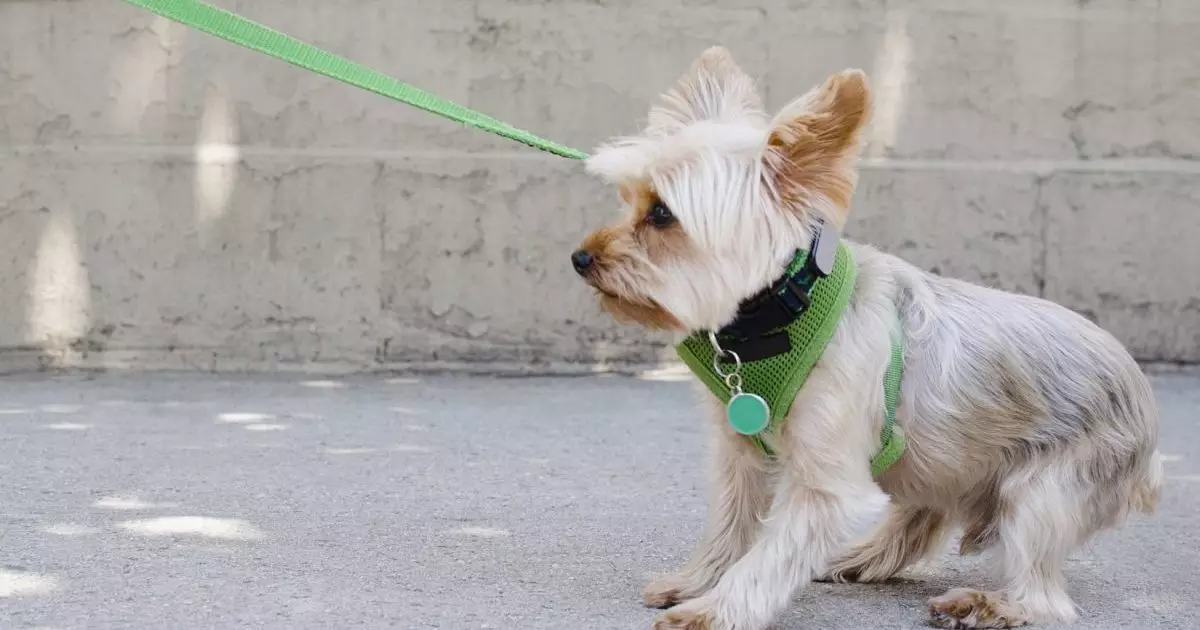Separation anxiety is a profound emotional challenge for many dogs, often leading to destructive behaviors, incessant barking, or self-harm when left alone. This condition can be distressing for both the pet and the owner, often marked by worry and guilt. Understanding that a dog’s anxiety stems from a deep-seated fear of abandonment is the first step to facilitating change. Fortunately, behavioral strategies can help alleviate these emotional burdens, with desensitization emerging as a highly effective methodology.
The Principle of Desensitization
Desensitization is a gradual process designed to alter a dog’s emotional response to anxiety-inducing stimuli, an idea rooted in behavioral science. At its core, it involves exposing the dog to the source of their anxiety in a controlled and progressive manner. This exposure seeks to shift the dog’s emotional state toward a more positive association with the trigger. For example, consider a dog that experiences panic when left alone. Through desensitization, the trainer would first create scenarios where the dog is left alone for only brief moments, gradually increasing the duration as the dog becomes more comfortable.
By consistently coupling these exposure sessions with positive reinforcement—like treats, affection, and praise—the dog begins to form a new association with solitude, viewing it less as a source of dread and more as a neutral or even pleasant experience.
Real-World Applications and Techniques
Implementing a desensitization plan requires patience and an understanding of your dog’s limits. An illustrative example involves a dog reacting negatively to children riding bicycles. A well-structured approach might start with the owner simply showing the dog a stationary bike from a distance. If the dog remains calm, they are rewarded with treats and affection. If they express fear, the bike is placed further away until the dog is comfortable.
As the dog acclimatizes, the process involves small but deliberate steps: bringing the bike closer, having a friend sit on the bike, and then eventually having them ride it, all while offering rewards for calm behavior. Each session builds upon the previous one, laying the foundation for a solid, unyielding confidence in the face of the initial anxiety trigger.
The Role of Professional Guidance
Seeking the guidance of a certified trainer or a behaviorist is paramount in this journey. Dogs perceive the world through a unique lens, and understanding their behavior patterns can be complex, requiring professional insight. A skilled trainer will not only design tailored desensitization strategies but will also evaluate progress, making real-time adjustments that align with the dog’s pace of learning.
Training sessions should prioritize a dog’s comfort and well-being over rapid progress. This relationship-building work serves a dual purpose: it alleviates anxiety while forging a stronger bond between the pet and owner. Rushed desensitization efforts can lead to heightened anxiety and mistrust, underscoring the importance of a considered, methodical approach.
The Power of Positive Reinforcement
Positive reinforcement is the cornerstone of desensitization practices. By rewarding your dog for calm behavior, you are reshaping their emotional response to previously distressing situations. It is essential to ensure that the rewards are enticing enough to elicit the desired response, whether through delicious treats, engaging toys, or heartfelt praise.
Moreover, the emotional atmosphere during training is crucial. A relaxed, upbeat environment promotes confidence in your dog, whereas a tense atmosphere may further exacerbate anxiety. Training sessions should feel like a rewarding adventure, not a chore, ensuring that the journey to recovery is as enjoyable as the destination.
Patience: The Unsung Hero of Dog Training
Training a dog to overcome separation anxiety through desensitization is not an overnight endeavor. It requires immense patience, perseverance, and love. Owners must be prepared to invest their time and energy, understanding that every dog learns at their own pace. Embracing this journey with an open heart and mind can lead to remarkable transformations, reversing anxiety into a state of comfort and security.
Through the thoughtful application of desensitization, owners can effectively help their dogs navigate the complexities of separation anxiety. This powerful strategy not only enriches a dog’s life but also fosters a deep, trusting relationship between pet and owner, underscoring the transformative power of empathy in training.

